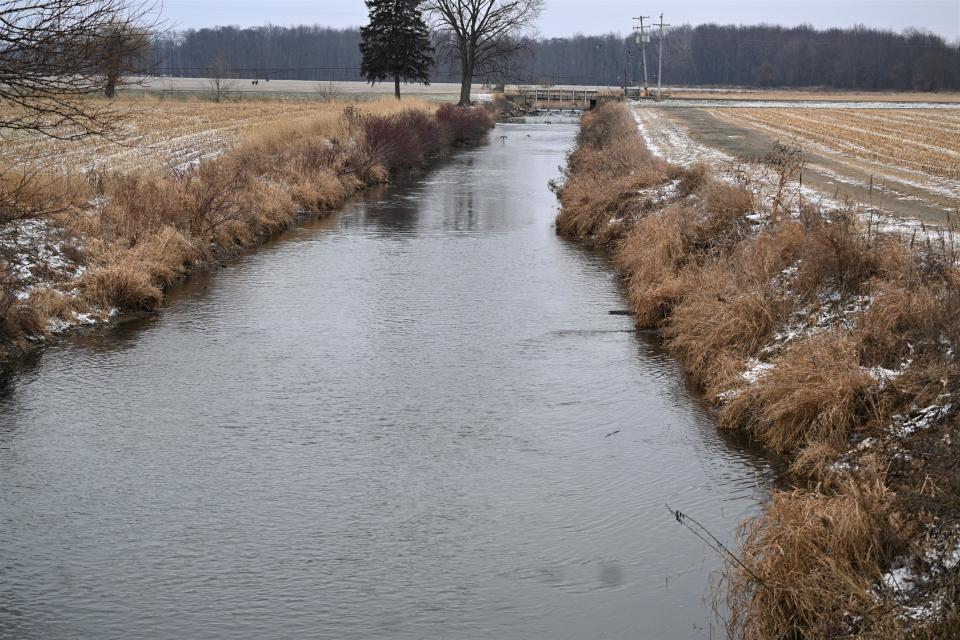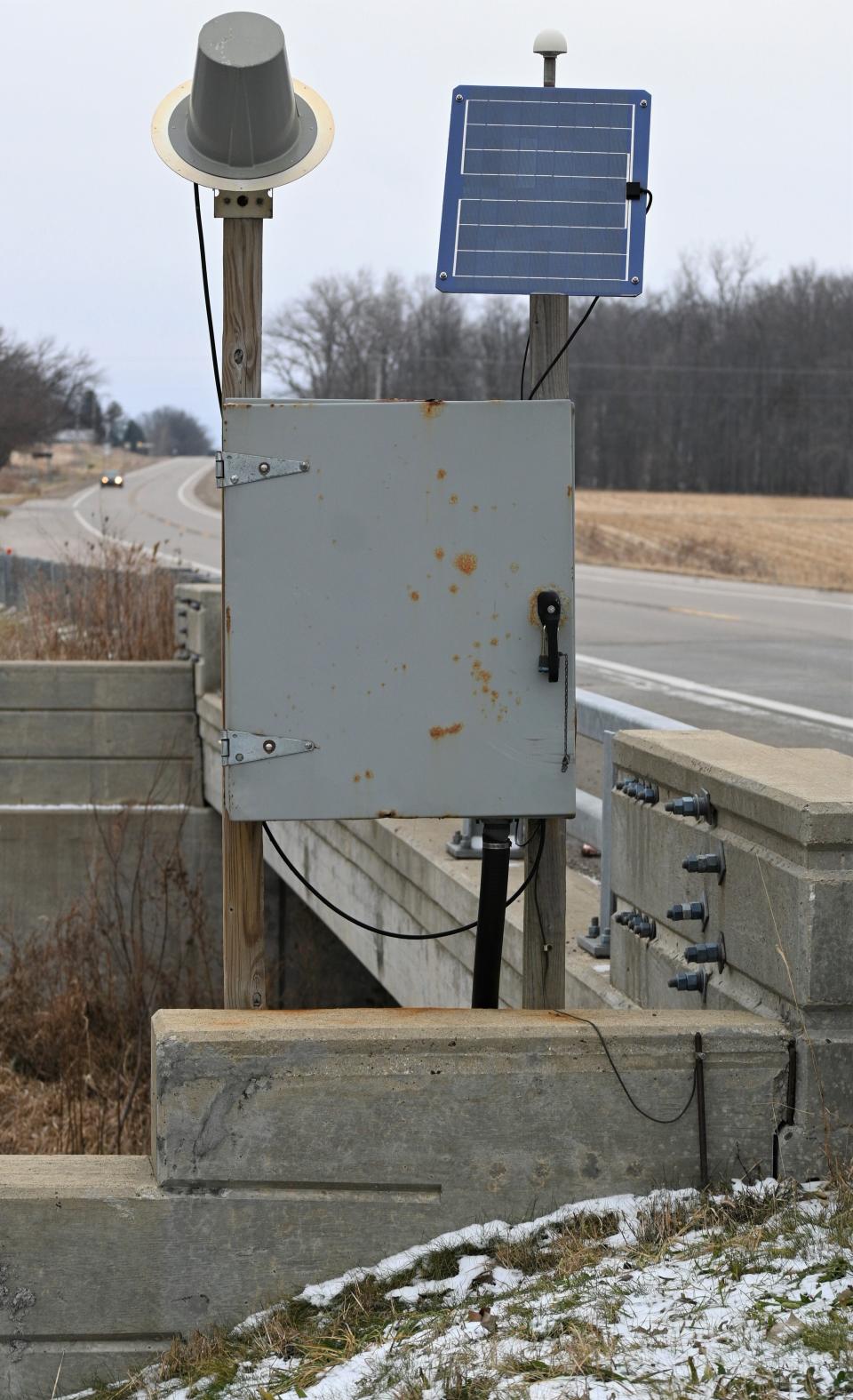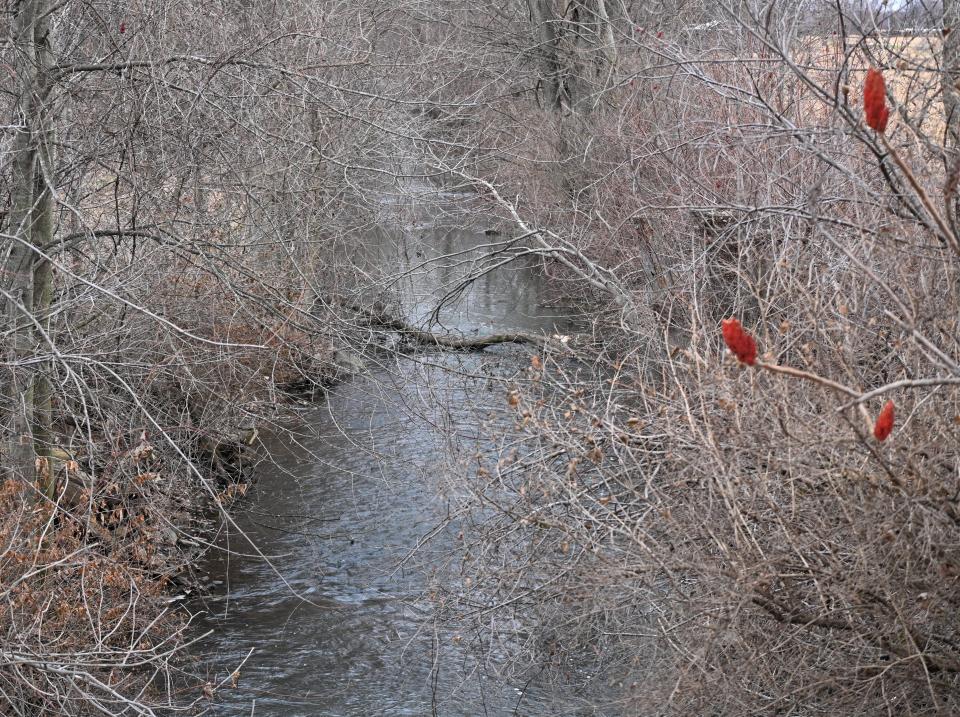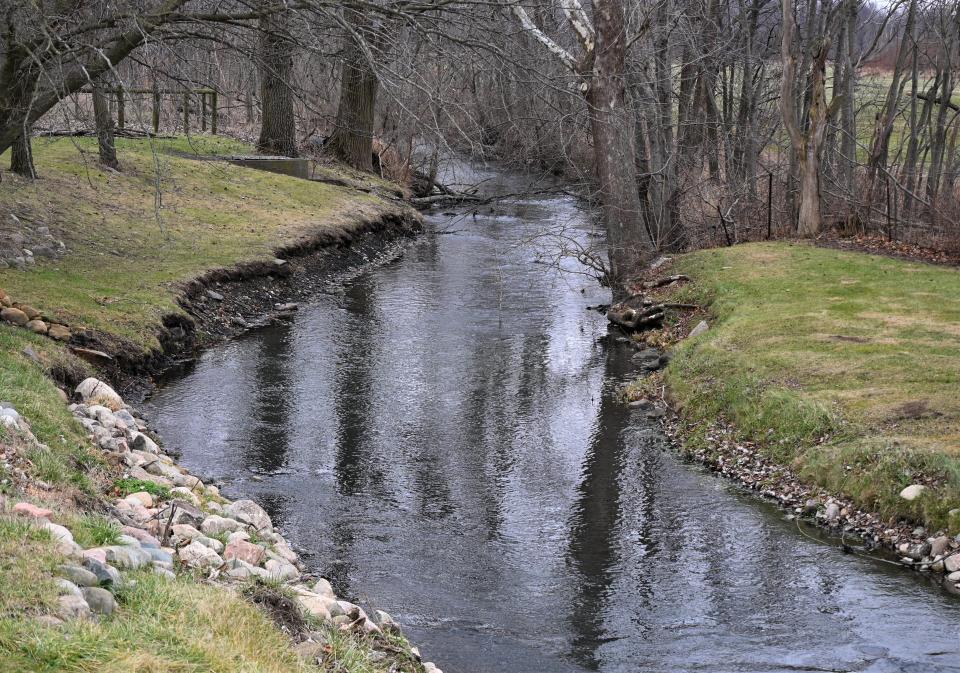State wants to impose water limits on Prairie River basin to protect fish populations
A battle over water is underway in western Branch County and parts of St. Joseph County based on the habitat of brown trout.
A coalition of interested parties called Prairie Water Group is trying to stop the redesignation of the Prairie River from warm to cold, which will result in major economic losses for farmers who irrigate and Branch County.
Time is running out to prevent the change a spokesperson for the group told Branch County commissioners last week.

Aaron Rice asked the commission to oppose the change in designation. The commission will ask the Michigan Department of Natural Resources to provide additional information before making a determination on its own position.
The DNR wants to change the classification based on a flawed statistical model and not actual data, according to Michigan State University Extension irrigation educator Lyndon Kelley.
Both sides presented their arguments before water use boards. The final request went to the Michigan Natural Resource Commission in a hearing Dec. 8.
After the 30-day public comment period ends Jan. 12, the DNR director will make a final decision.

DNR fish experts warn that if the stream gets too low in summer months, it warms up and kills off the brown trout first introduced into the Prairie River in the 1980s. Classifying the river as cold limits the amount of water that can be taken from the river basin to keep flows high and the fish safe.
DNR stopped stocking brown trout in 1992 in Branch County because the cost was not producing the desired result to turn it into a trout stream.
A scientific fish assessment conducted between 2012 and 2015 found that brown trout were established — meaning populations are sustained without outside intervention — in the river in Branch County.
Opponents of the cold water designation argue that climate change has affected the stream flow, a factor that can't be blamed on nearby agriculture draining the water.
The current study presents “the sense that irrigation, or large volume water use, is having a detrimental effect on fish. It is just absolutely not supported by the data,” Kelley stated.
Kelley said the study uses data from August when water flow is the lowest based on a 10-year average. Today “we don't have a decline.”
The argument from the DNR “would make you think that we increase irrigation, and the river has less flow at the driest point of the summer. Actually, the river has more flow than ever, at the driest point during the summer. The water level now is higher based on actual rainfall.”

The effect of climate change means “the wet periods in the spring are wetter than they used to be.”
Since 2006 in the Prairie River basin, Branch County irrigation has increased from 22,000 acres to 52,000 acres.
The St. Joseph County irrigated portion of the Prairie River — 124,000 acres — has been managed as a trout stream with DNR stocking the river. But irrigation there was in place before the baseline was established.
The classification change would affect both counties.
“The amount of water that (farmers) can take out in Branch County from Prairie River basin goes from 24% of the baseline number as a warm stream, down to 4% as a cool transitional stream. It's a huge decline,” Kelley said.
Because the fields are irrigated, farmers grow two of the area’s most profitable crops: potatoes and seed corn. Specialty crop income can be four to eight times what regular corn and soybean crops can produce.
Kelly Turner, executive director for the Michigan Potato industry, warned that data presented by the DNR in the Prairie River evaluation is flawed.
“The technical issues with the data that was collected did not even follow the protocols the DNR cited for this type of research," Turner said, saying data was collected for 2012-2015 surveying fish in the river — a small window, according to Turner.
“I think it's sort of politically motivated,” Kelley said.
He pointed to the model used to determine water flows: “Some of the major concerns revolved around trying to understand the reasoning behind the reclassification. Michigan water withdrawal setups and tools can be used to control irrigation to reduce irrigation expansion.”
The MSU-E specialist said the modeling tools do not match actual measurements taken by users in the river basin. The educator explained the state does not have the personnel and funds to conduct actual measured studies.

Kelley said private business already does measurements of the basin, irrigation and pumping, which can be independently validated to provide accurate information to the state on water use.
Branch County drain commissioner Mike Hard said the Prairie River is a regulated drain in Branch County. It starts near Dragon Lake and includes outflows from the Ovid-Kinderhook sewer plant until it reaches the St. Joseph County line near Burr Oak. It flows northwest across St. Joseph County into the St. Joseph River near Three Rivers, a 54-mile distance.
Subscribe Follow this and other stories. Subscribe to the Daily Reporter.
Hard said a change in designation would hurt the county tax base. Reduction in irrigation will reduce the land values and reduce county tax revenues from the farmlands.
Brown trout used as a basis for the change in stream designation was an invasive species introduced into Michigan in 1883 and now provides for sports fishing, according to DNR.
— Contact Don Reid: dReid@Gannett.com. Follow him on Twitter: @DReidTDR.
This article originally appeared on Coldwater Daily Reporter: DNR seeks to limit water use and irrigation from the Prairie River basin

